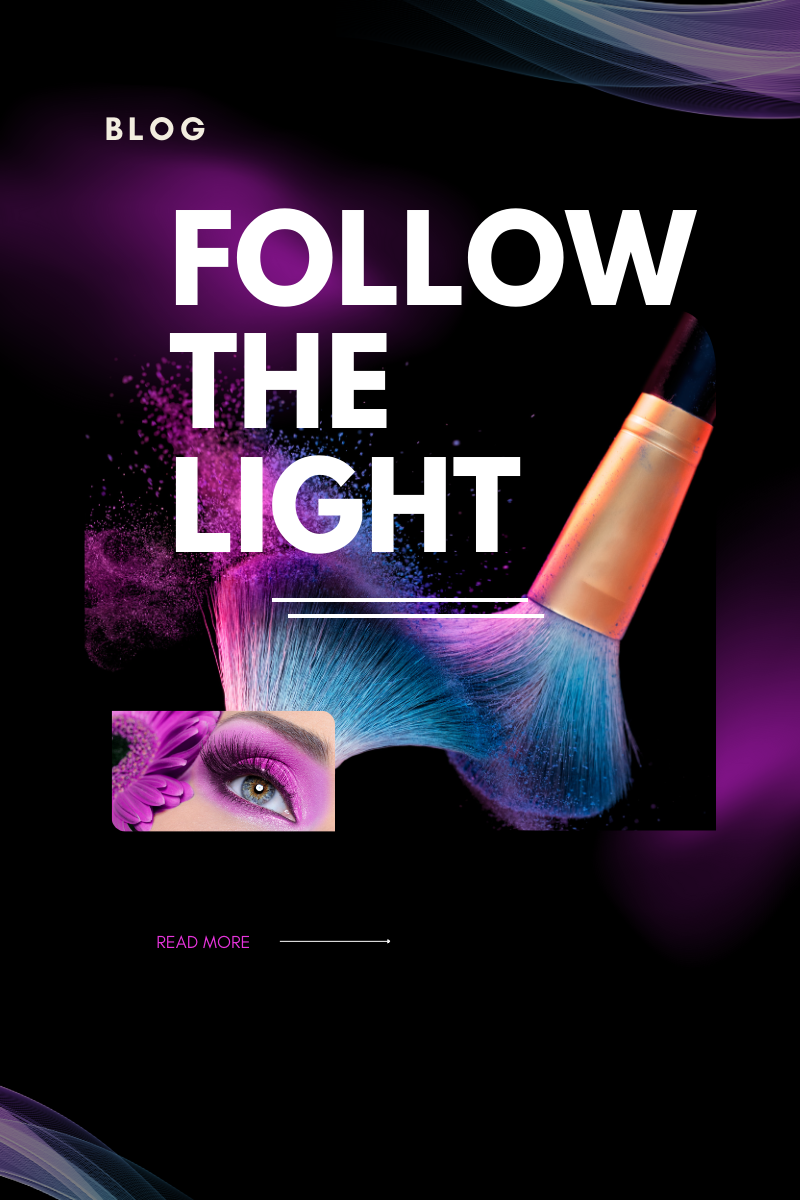Follow The Light:
A short overview of the origin of bioluminescence

Bioluminescence, the ability of living organisms to produce light through chemical reactions, is typically associated with communication, predation, or camouflage in modern ecosystems. However, a compelling evolutionary theory suggests that this trait may have first evolved not for ecological signaling, but as a biochemical defense mechanism during the Huronian Glaciation—a global-scale ice age that occurred around 2.4 to 2.1 billion years ago.
During this time, Earth's atmosphere was transitioning due to the Great Oxidation Event, with increasing levels of molecular oxygen. While this shift ultimately allowed for complex aerobic life, it also introduced a new threat to early life: reactive oxygen species (ROS), harmful byproducts of oxygen metabolism that can damage DNA, proteins, and cellular membranes.
Some researchers propose that bioluminescent reactions may have originated as a means of neutralizing ROS due to the antioxidant capabilities of luciferin, an essential component in bioluminescent reactions. In this view, the light emitted was a side effect which only manifested much later after another essential component, luciferase, evolved secondarily from polymer precursors.
While the primary benefit was antioxidant protection, traits evolving from a coincidental repurposing of already existing traits is a cornerstone of evolution commonly called exaptation.
This theory suggests that organisms capable of safely metabolizing ROS had a survival advantage during the oxidative stress of the Huronian period. This makes sense in context of this particular era in earth’s history, where miles deep of ice covered Earth’s surface from the poles to the equator. This obviously created a near insurmountable obstacle for photosynthetic organisms (many of whom were directly responsible for this freezing and oxygenic abundance to begin with), now facing a much greater obstacle to light capture than previously. By overlaying the molecular structure of luciferins and a variety of light capture pigments, the striking similarities are genuinely startling. Chlorophyll, retinal, and melanin are three common pigments that look almost identical in molecular structure to the luciferins found in dinoflagellates (protists found in coral), Latia snails, and fireflies respectively. This suggests that prokaryotes formerly surviving off photosynthesis were forced to adapt to a heterotrophic lifecycle, repurposing their now useless pigments into luciferin for antioxidant purposes.
Later, this protective mechanism could have been co-opted (via the aforementioned process of exaptation) for other uses—such as communication, mating signals, or predator deterrence—once multicellular life evolved and ecosystems diversified.
While still speculative, this hypothesis offers a fascinating glimpse into how complex traits like bioluminescence might arise not from immediate ecological needs, but from ancient biochemical pressures.
Natural selection is not like an engineer sitting down to draw the most efficient skeletal design, but more akin to a blind deaf child flipping a coin. Anything that gains a trait or mutation which causes more problems than it solves, simply goes extinct before said trait becomes widespread enough to be noticed.
Written By Robert Long
Marketing Strategist | Content Culture












